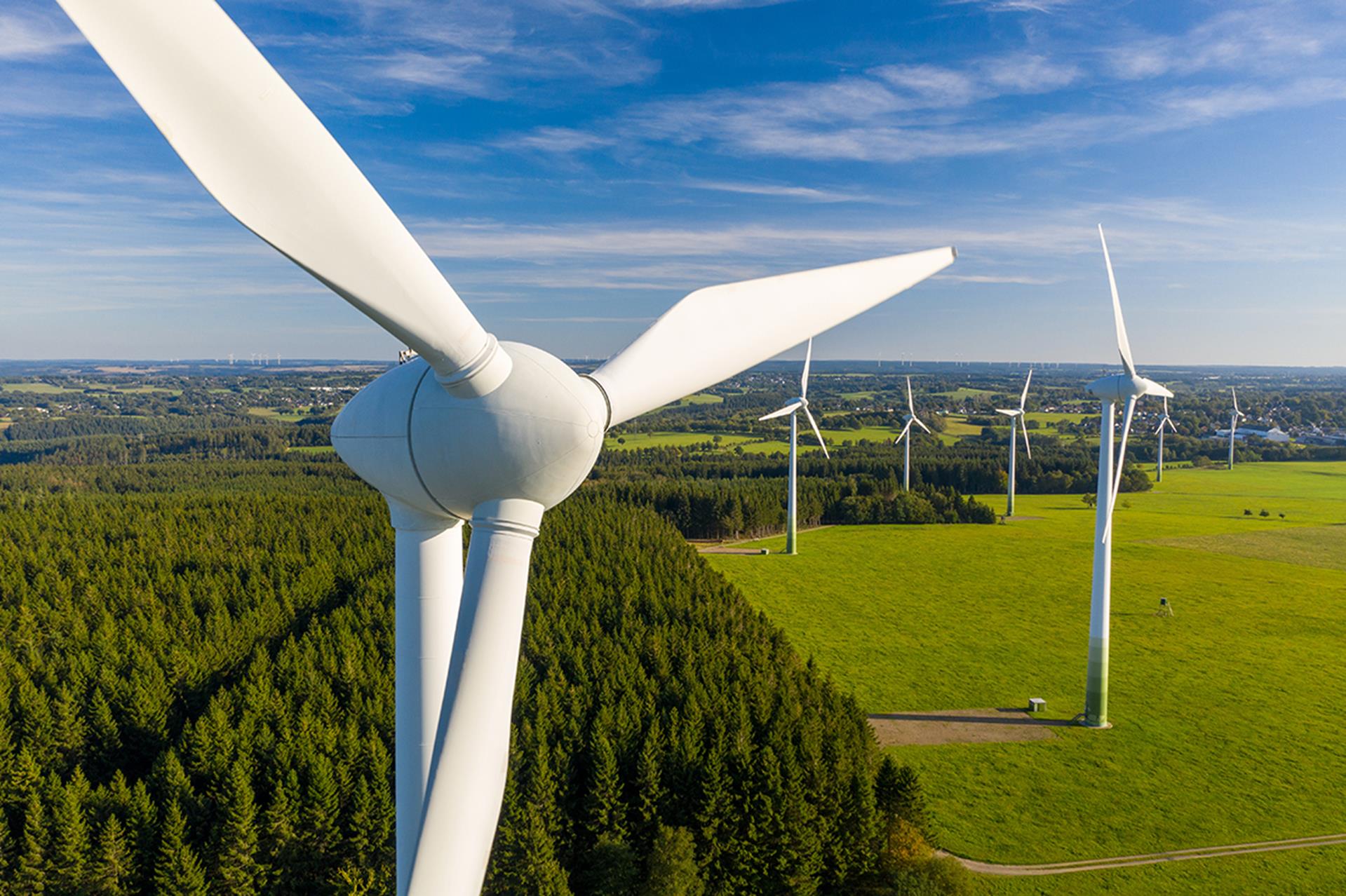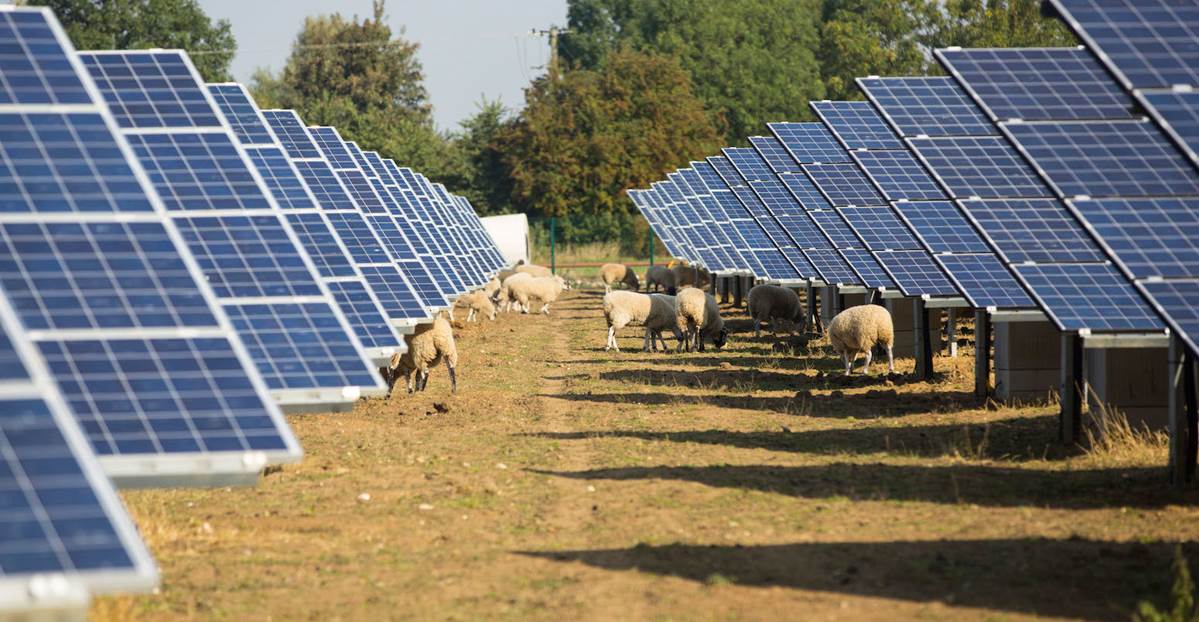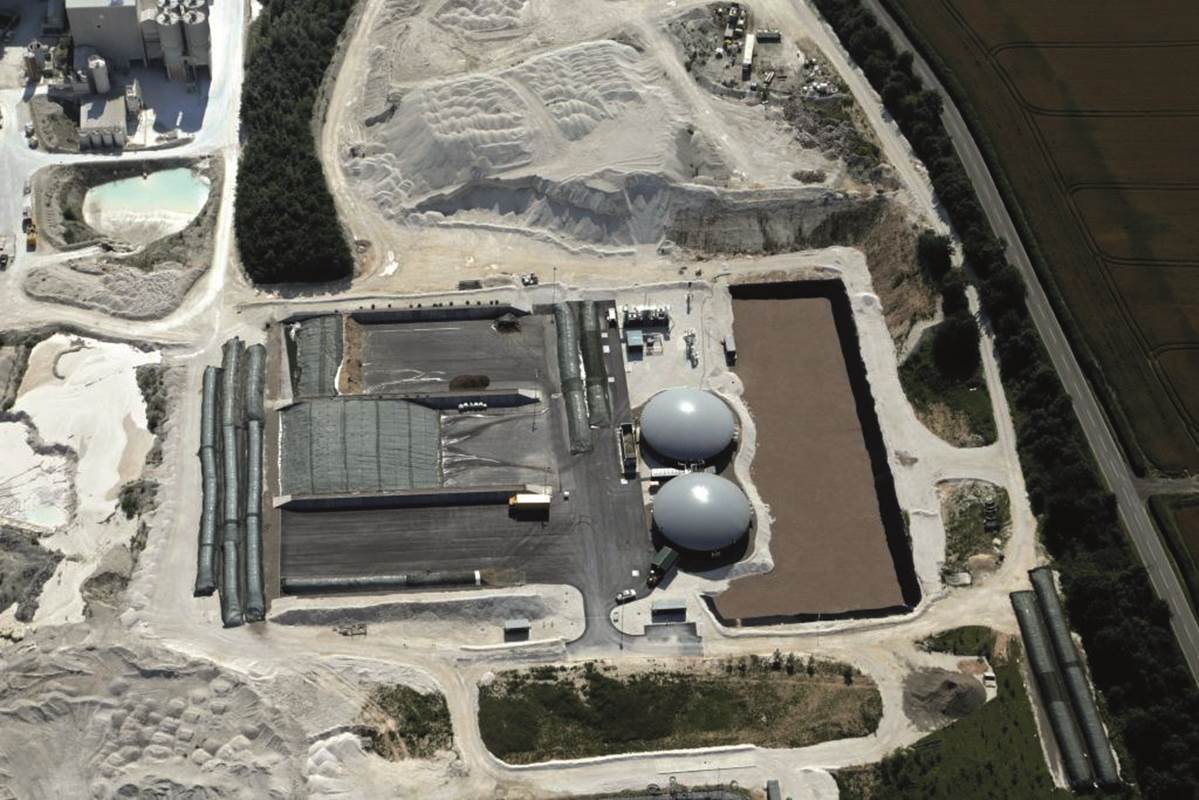
Harnessing renewable energy in the UK: solar, wind, anaerobic digestion and biomethane injection
Mon 02 Oct 2023
Electricity generated from renewable sources increased by 10% in 2022, with solar, onshore and offshore wind, anaerobic digestion and biomethane injection into the gas grid all contributing to that uplift.
Overall, these sources contributed 31.2% of renewable energy to the UK grid in that year, the weather playing an important role in helping the UK achieve the record 135 TWh generated from renewables.
Renewable energy remains a critical solution for the UK in combating climate change, reducing greenhouse gas emissions, and transitioning towards a sustainable future in line with Net Zero 2050.
The vast potential, reliability, and environmental benefits of solar energy, onshore and offshore wind energy, anaerobic digestion and biomethane injection into the gas grid have drawn them significant attention.
Solar energy
Solar power, derived from harnessing the energy of the sun through photovoltaic (PV) panels, offers several advantages that make it an attractive renewable energy source for the UK.
Advantages of solar energy:
Abundant resource: The UK receives sufficient sunlight to make solar energy a viable option
Low environmental impact: Solar energy produces no greenhouse gas emissions
Distributed generation: As well as ground mounted options, solar panels can be installed on rooftops thereby reducing transmission losses, and enhancing energy independence for homes, businesses, and communities.
Scalability: Solar systems range from small-scale residential installations to large utility-scale arrays, accommodating diverse energy needs.
Current state of deployment: The UK has experienced remarkable growth in solar energy deployment in recent years thanks to falling capital costs, government incentives, and favourable policies. According to the recent Digest of UK Energy Statistics report (DUKES), by the end of 2022, the UK had over 14.65 GW of installed solar capacity, powering homes, businesses, contributing 4.1% to the grid, and 1.271 million installed solar PV stations in the UK.
Potential and future outlook: Solar energy has immense potential for further expansion in the UK. Continued technological advancements, such as increased efficiency and integration with energy storage systems, will enhance the reliability and flexibility of solar power. Moreover, innovative solutions like solar carports and floating solar farms present exciting opportunities for integrating solar energy into urban areas, transportation, and water bodies.
Wind energy (onshore)
Onshore wind energy, derived from harnessing wind power through turbines located on land, is a vital component of the UK's renewable energy mix, offering significant advantages and opportunities.
Advantages of wind energy:
Abundant resource: The UK has vast land areas with favourable wind conditions, making onshore wind energy a viable and accessible option.
Low carbon footprint: Onshore wind power generates electricity without emitting greenhouse gases.
Economic benefits: Onshore wind farms create job opportunities, stimulate local economies, and support a thriving supply chain, particularly in rural areas.
Technological advancements: Continuous innovation in onshore wind turbine design has led to larger turbines and improved efficiency, driving increased capacity and cost-effectiveness.
Current state of deployment: Onshore wind energy has played a significant role in the UK's renewable energy landscape. The country has a substantial installed onshore wind capacity, with wind farms scattered across various regions. As of 2022, the UK had over 14.84 GW of onshore wind capacity, powering millions of homes and businesses and contributing 10.8% of renewable energy to the grid.
Potential and future outlook: Onshore wind energy continues to hold great potential in the UK. The government's commitment to supporting onshore wind projects and the streamlining of planning processes provide a favourable environment for expansion. Technological advancements, such as taller turbines, improved siting techniques, and enhanced grid integration, will further optimise onshore wind energy generation. Furthermore, community engagement and participation in onshore wind projects can foster social acceptance and ensure local benefits.
Anaerobic Digestion
Anaerobic digestion (AD), a natural process that converts organic waste into biogas and nutrient-rich digestate, presents an opportunity for the UK to address waste management challenges while generating renewable energy.
Advantages of Anaerobic digestion:
Waste management solution: Anaerobic digestion reduces the volume of organic waste sent to landfill, mitigating methane emissions, and providing a sustainable waste management solution.
Biogas production: The biogas produced by this process can be used to generate renewable heat and electricity, reducing reliance on fossil fuels.
Circular economy: Digestate, the byproduct of anaerobic digestion, serves as a nutrient-rich fertiliser, replacing synthetic fertilisers and supporting regenerative agriculture practices.
Current state of deployment: Anaerobic digestion is gaining momentum in the UK, driven by waste management concerns, renewable energy targets, and supportive government policies. The country has numerous anaerobic digestion facilities, ranging from small-scale community digesters to large-scale operations.
Potential and future outlook: The future of anaerobic digestion in the UK is promising. Co-digestion, which involves combining various organic materials, can increase biogas production and expand the feedstock options. Advancements in biogas upgrading and biomethane injection into the gas grid will enable the utilisation of biogas in sectors such as transportation and provide an additional revenue stream for anaerobic digestion facilities. The UK can further support anaerobic digestion by establishing favourable regulatory frameworks and strengthening collaboration between waste management and energy sectors. According to DUKES, at the end of 2022, the UK had 630 MW of installed AD capacity, contributing 2.5 % of renewable energy to the grid. There are currently 775 AD plants installed and operating within the UK.
if you would like to discuss the potential for renewable energy please contact the team at your local office
Keep updated
Keep up-to-date with our latest news and updates. Sign up below and we'll add you to our mailing list.
 Brown&Co
Brown&Co


